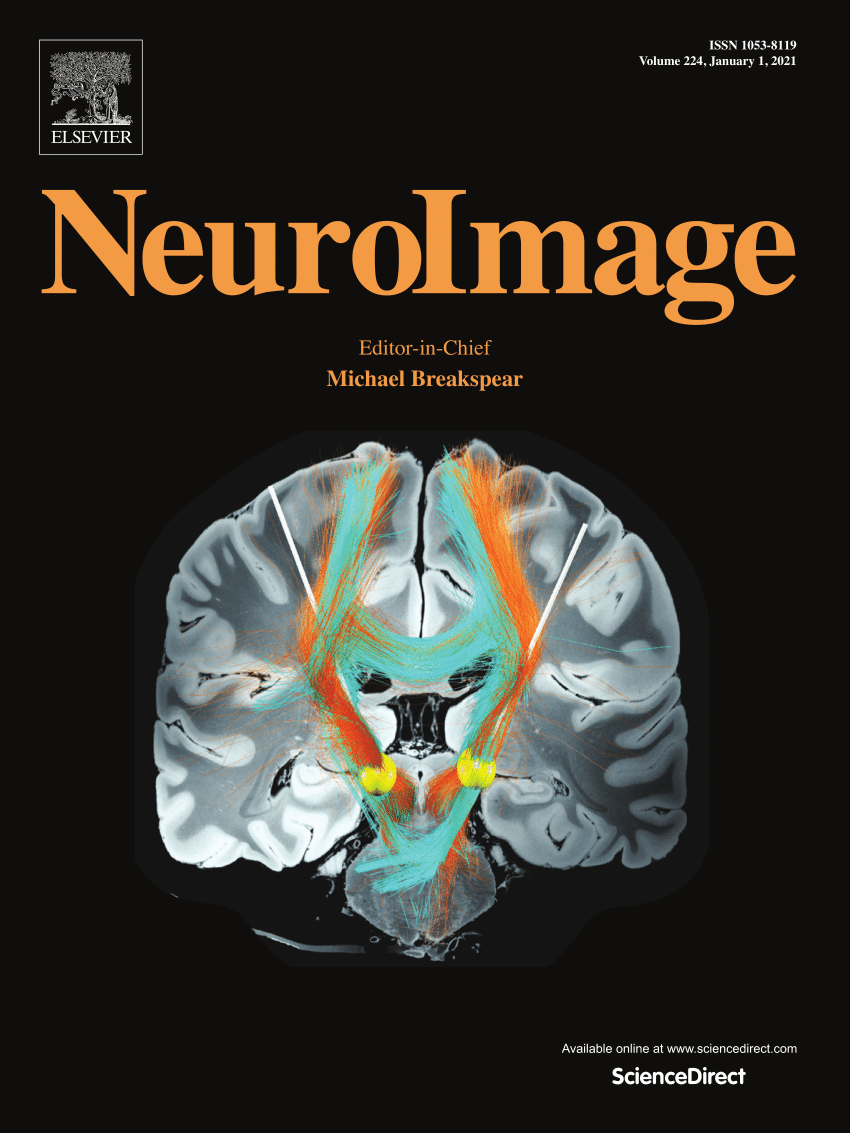Contrastive learning of shared spatiotemporal EEG representations across individuals for naturalistic neuroscience
IF 4.7
2区 医学
Q1 NEUROIMAGING
引用次数: 0
Abstract
Neural representations induced by naturalistic stimuli offer insights into how humans respond to stimuli in daily life. Understanding neural mechanisms underlying naturalistic stimuli processing hinges on the precise identification and extraction of the shared neural patterns that are consistently present across individuals. Targeting the Electroencephalogram (EEG) technique, known for its rich spatial and temporal information, this study presents a framework for Contrastive Learning of Shared SpatioTemporal EEG Representations across individuals (CL-SSTER). CL-SSTER utilizes contrastive learning to maximize the similarity of EEG representations across individuals for identical stimuli, contrasting with those for varied stimuli. The network employs spatial and temporal convolutions to simultaneously learn the spatial and temporal patterns inherent in EEG. The versatility of CL-SSTER was demonstrated on three EEG datasets, including a synthetic dataset, a natural speech comprehension EEG dataset, and an emotional video watching EEG dataset. CL-SSTER attained the highest inter-subject correlation (ISC) values compared to the state-of-the-art ISC methods. The latent representations generated by CL-SSTER exhibited reliable spatiotemporal EEG patterns, which can be explained by properties of the naturalistic stimuli. CL-SSTER serves as an interpretable and scalable framework for the identification of inter-subject shared neural representations in naturalistic neuroscience.
针对自然神经科学的跨个体共享时空脑电图表征的对比学习。
自然刺激所诱导的神经表征为了解人类如何对日常生活中的刺激做出反应提供了启示。要了解自然刺激处理的神经机制,关键在于精确识别和提取个体间一致存在的共享神经模式。脑电图(EEG)技术以其丰富的空间和时间信息而著称,本研究针对脑电图技术提出了一个跨个体共享时空脑电图表征对比学习(CL-SSTER)框架。CL-SSTER 利用对比学习最大限度地提高不同个体在相同刺激下的脑电表征相似性,并与不同刺激下的脑电表征形成对比。该网络利用空间和时间卷积同时学习脑电图中固有的空间和时间模式。CL-SSTER 的多功能性在三个脑电图数据集上得到了验证,包括合成数据集、自然语音理解脑电图数据集和情绪视频观看脑电图数据集。与最先进的 ISC 方法相比,CL-SSTER 获得了最高的受试者间相关性(ISC)值。由 CL-SSTER 生成的潜在表征表现出可靠的时空脑电图模式,这些模式可以用自然刺激的特性来解释。CL-SSTER 是一种可解释、可扩展的框架,可用于识别自然神经科学中的受试者间共享神经表征。
本文章由计算机程序翻译,如有差异,请以英文原文为准。
求助全文
约1分钟内获得全文
求助全文
来源期刊

NeuroImage
医学-核医学
CiteScore
11.30
自引率
10.50%
发文量
809
审稿时长
63 days
期刊介绍:
NeuroImage, a Journal of Brain Function provides a vehicle for communicating important advances in acquiring, analyzing, and modelling neuroimaging data and in applying these techniques to the study of structure-function and brain-behavior relationships. Though the emphasis is on the macroscopic level of human brain organization, meso-and microscopic neuroimaging across all species will be considered if informative for understanding the aforementioned relationships.
 求助内容:
求助内容: 应助结果提醒方式:
应助结果提醒方式:


